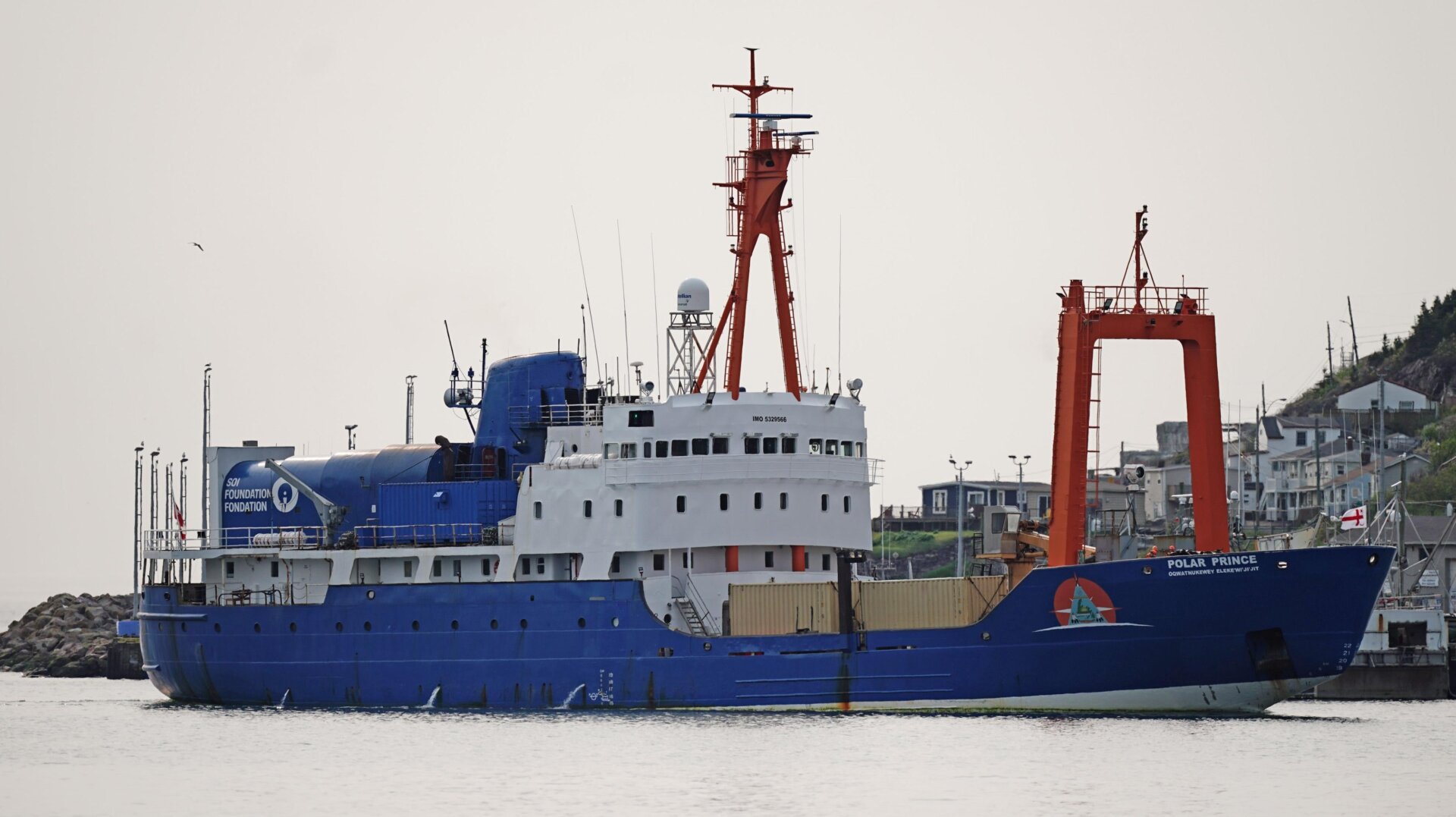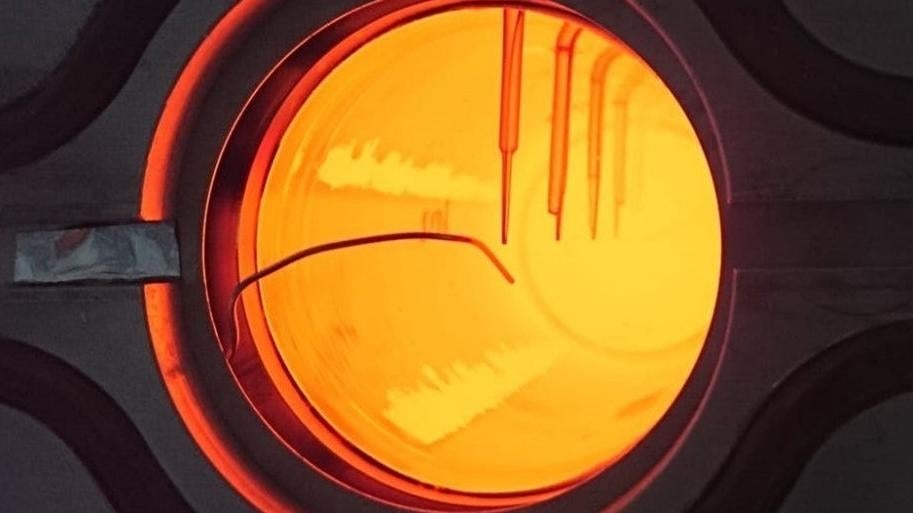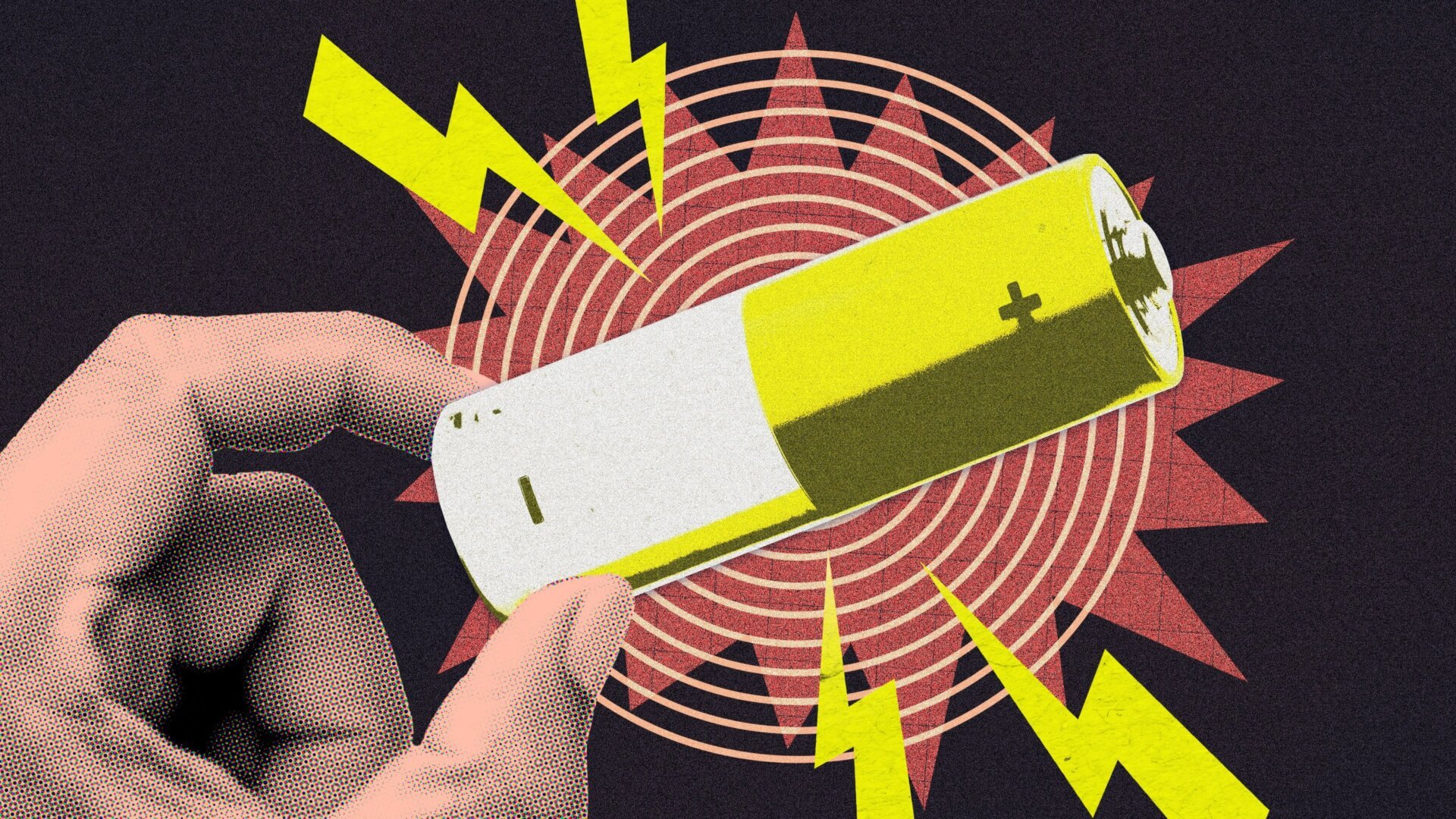The catastrophic implosion of the OceanGate Titan submersible, which claimed the lives of five individuals in June 2023, continues to draw attention. While the initial search and debris recovery provided some answers, new research sheds further light on the underlying causes of the tragedy, seemingly confirming pre-existing concerns about the submersible’s design.
The University of Houston and the University of Minnesota conducted research aimed at creating a computer model to predict buckling in various materials due to small defects. The resulting paper, published in the Proceedings of the National Academy of Science, although not directly focused on the Titan, offers critical insights into the vulnerabilities of its carbon fiber hull. Lead author Roberto Ballarini highlighted the inherent weakness of carbon fiber composites under compression, explaining that micro-buckling in the fibers can significantly reduce the material’s stiffness and strength. When combined with potential manufacturing imperfections and the immense pressure at such depths, this micro-buckling likely contributed to the Titan’s implosion.
This analysis supports earlier concerns about the suitability of carbon fiber for deep-sea submersibles. Tragically, OceanGate CEO Stockton Rush, who perished in the implosion, had dismissed safety concerns and even acknowledged known issues with the submersible. His disregard for established engineering practices, seemingly motivated by cost-cutting and a desire to differentiate his company, ultimately led to the devastating loss of life.
The Titan tragedy serves as a stark reminder of the paramount importance of adhering to rigorous safety standards, especially in high-risk environments. The lives lost underscore the devastating consequences that can result from prioritizing cost-cutting and innovation over proven engineering principles.
In conclusion, the new research reinforces existing concerns about the Titan’s design, indicating that the carbon fiber hull was inherently vulnerable to the extreme pressures of the deep sea. The disregard for established safety protocols compounded these flaws, ultimately leading to the tragic implosion. This incident serves as a crucial lesson for the industry, emphasizing the need for rigorous adherence to safety standards and responsible engineering practices.











